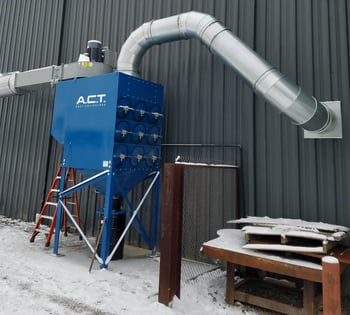 As the cooler months approach, it’s important to ensure your factory stays warm — not only to maintain high air quality, but also for the comfort and safety of your employees.
As the cooler months approach, it’s important to ensure your factory stays warm — not only to maintain high air quality, but also for the comfort and safety of your employees.
When you run an industrial dust collection system in your factory, you’re removing contaminated air in the process. The goal of an industrial dust collector is to remove or repurpose the contaminated air in order to create a safer, more efficient working environment.
But what happens during the winter months in areas where temperatures drop drastically? Closed windows reduce the airflow in a building, so heating costs creep up as factory air units try to keep large spaces warm. Thankfully, the very pieces of equipment that are used to clean your air can also help maintain comfortable temperatures.
How can factories maintain warmth while operating industrial dust collectors?
Dust accumulation and collection don’t just stop when the winter months hit. In fact, a common issue and question many industrial dust collector customers have is, “How can we keep our factory warm as we operate our industrial dust collectors?”
Indoor units are one cost-effective option for heat recovery: the fan on an indoor unit actually generates a small amount of heat, no air leaves the building, and performance can be predicted just as accurately as an outdoor unit.
However, using an indoor unit means giving up manufacturing space, and the system can be loud. Instead, it would be ideal to filter the contaminated air out and return it clean into the building. Using the right kind of industrial dust collector can help you maintain warmth and safety for your employees.
Factors to consider when selecting an industrial dust collector for efficiency and warmth
In order to select the appropriate industrial dust collector, consider the application you need it for. If you are returning the air to the building, both an ambient system and a source capture system will positively affect heat distribution in the building, especially if the units are returning the air high up in the building, where the air temperature is always warmer. Outdoor units, on the other hand, have equipment exposed to the elements, and there’s a cooling effect.
To put it simply, if you’re returning air into your building, you’ll be doing a better job of maintaining heat than if you were exhausting it outdoors. We can help you determine which industrial dust collection system is best for your specific needs.
What can be combined with industrial dust collectors to optimize energy efficiency and keep operational costs manageable?
If you’re struggling to maintain heat in your working environment, you can also try insulating your ductwork or installing backdraft dampers that don’t allow cold air to migrate.
Retempering the air can be quite expensive. By using an industrial dust collector to return the air, you’re avoiding negative pressure and the risk of pulling fluid gasses into the factory.
As winter approaches, there are a few things to check into as you prepare for the cold weather when using an industrial dust collector:
- Ensure you have a reliable dust collector, blower and duct work installed for your specific application.
- Make sure you’re using HEPA filters / after filters with a suitable MERV rating. There are new (2023) silica regulations to consider for.
- Evaluate local safety regulations associated with your plan to insure that you are in compliance.
You can always count on A.C.T. Dust Collectors team to provide you with equipment and accessories to help keep your working environment clean, safe and healthy. Contact one of our team members today for assistance with industrial dust collector needs ahead of winter, and how to winterize your facility.


























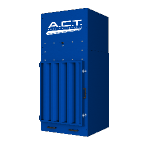
%20Collectors%20Image.png?width=143&height=143&name=ADC%20(Ambient)%20Collectors%20Image.png)
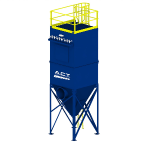

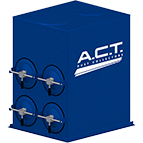
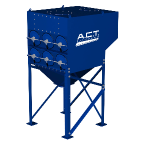
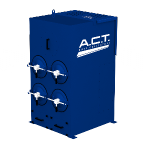


















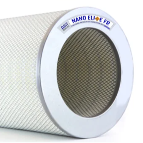


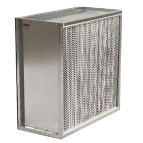
.png?width=240&height=91&name=ACT%20Dust%20Collectors%20Logo%20Solid%20White%202020%20(1).png)
.png?width=148&height=149&name=usa-manufactured-dust-collectors%20(1).png)